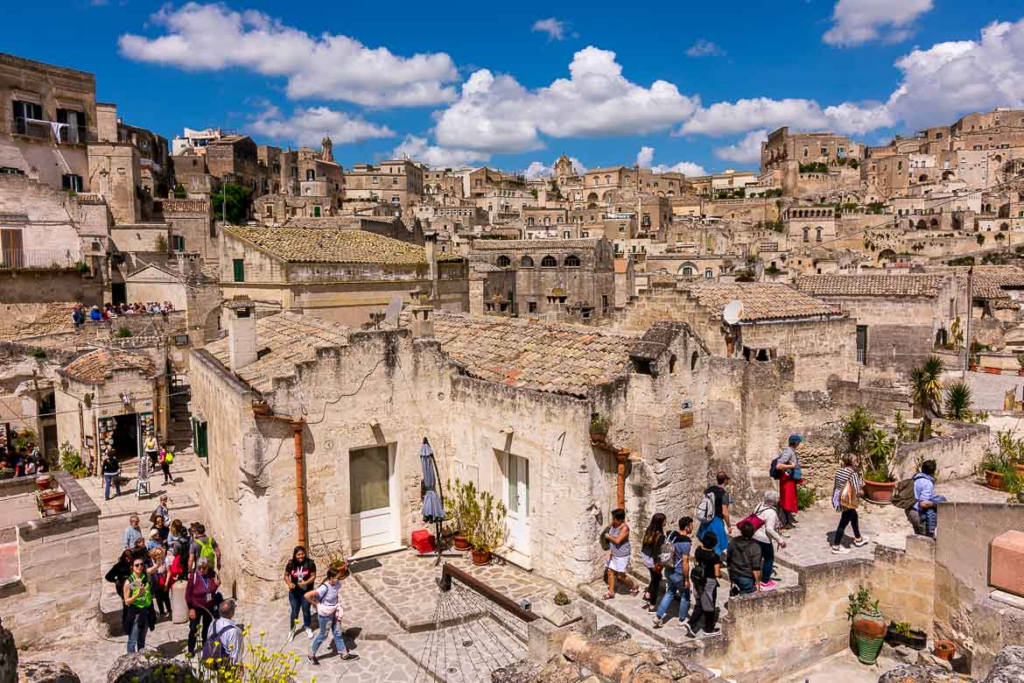Old Pavis was built of stone, not adobe or brick. Let’s start with this passage about the building of Pavis:
After the Too Tall Battle, the Faceless Statue collapsed, all magical energies exhausted. Its body made the great quarry whose stones built the city’s interior. Construction was swift, thanks to the statue’s stone and dwarfish craft.
The dwarf aid was voluntary, although Pavis gifted them with some headstone, bowelstone, and marrow dust. They came because they wished to honour the Faceless Statue. They were led by Flintnail Hardeye, who was one of the ancient race of Mostali, the Dwarf-Makers. Before he left the city he fathered a son upon one of Pavis’ daughters; this son began the Flintnail cult when he grew up. This centered around a temple of masons and sculptors built within the quarry, whose existence has continued through all Pavis’ history, providing the crafts people and experts necessary for the continued building within the city grounds.
Five general types of stone came from the statue quarry. The Headstones were used exclusively in the creation of the original King’s Villa, later called the Temple of Pavis. The stones were radiant crystalline growths and included the most exotic of the Organstones built right within the structure of the temple palace. Armstones were used to construct walls for the city, while ordinary buildings’ walls were made from Bodystones. Legstones were used for streets, steps, and bridges. The bowelstones made plumbing, dungeons, and sewers.
Organstones, mentioned above, are unique gems of exotic function. Mastering them was the craft of the Mostali, but many people could put them to some use. A Heartstone was once set upon the scepter of Pavis, while Liverstone is useful as a purifying agent. Trollkin once fought a war over the Kidneystones. In Pavis’ temple, the Eyestones are magical preceptors, while the Toothstones are immortal soldier guardians.
So let’s think about this in reverse. What are things built out of?
The Temple of Pavis: Built out of the Headstones. Radiant crystalline growths, with various Organstones built right within the structure of the temple palace. Note that the Old Pavis Temple was built originally as a villa for Lord Pavis, and its architecture reflects that.
Streets, steps, and bridges: Built out of the Legstones. The roads in Pavis have good foundations; fitted slabs surface them. The roads are usually 5m wide, sloped from the center for effective drainage.
Ordinary buildings: the walls are ashlar masonry using Bodystones. These were easily cut and laid by the dwarves, with rectangular or trapezoidal doorways and windows. These buildings were one to three stories tall.
Plumbing, sewers, and underground passages were built out of Bowelstones, which even allowed passages to go underneath the Zola Fel River without leakage. There are no doubt large cisterns throughout the Rubble to gather rainwater in the event of drought.

![]()
![]()
Are there humans of dwarf descent in the Old City? It is thought that Ginkizzie is of that line.
